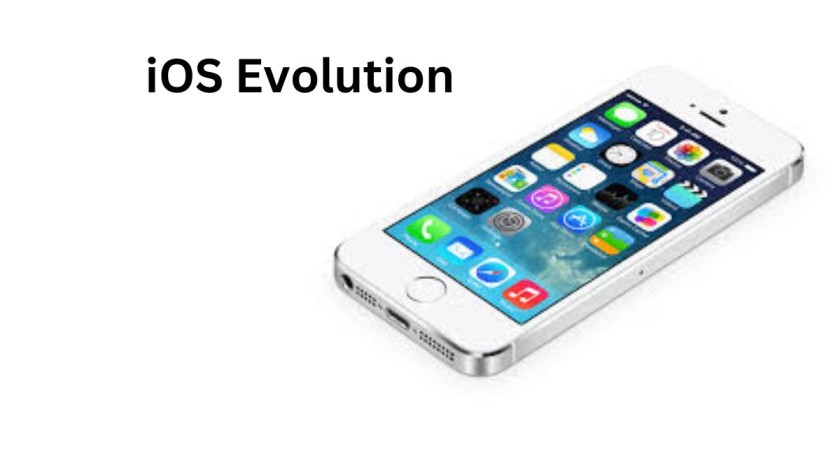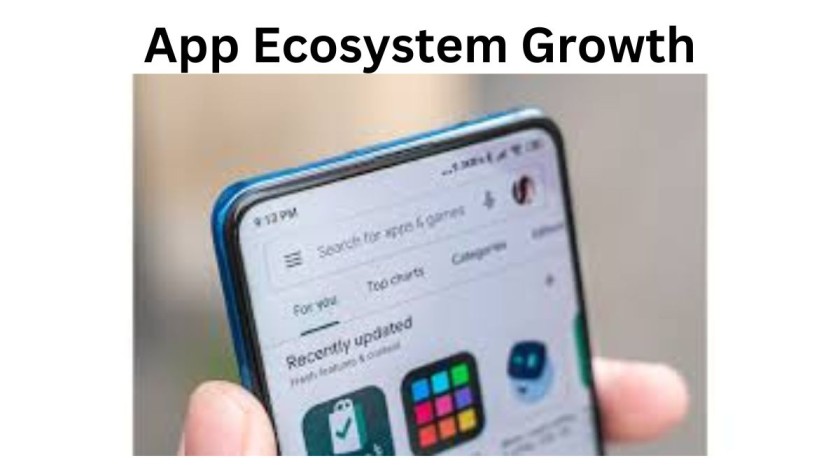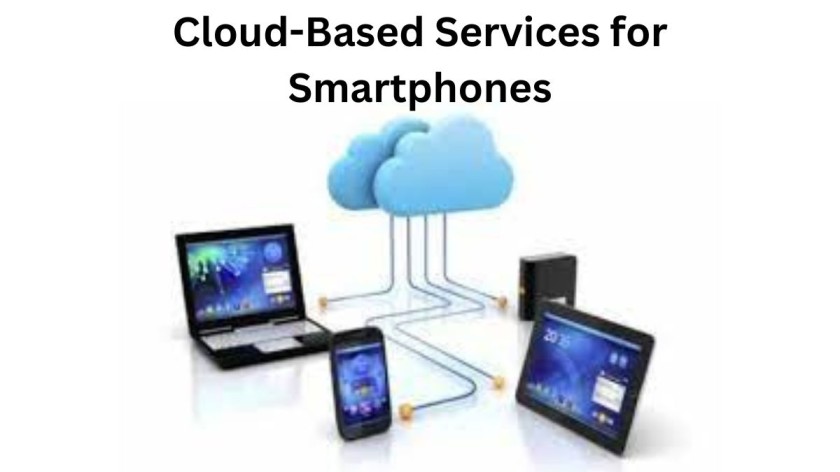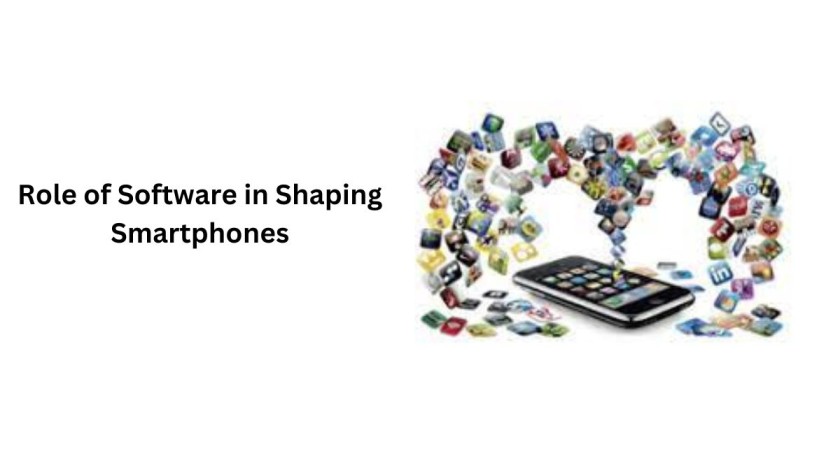Unveiling the Dynamic Evolution: The Pivotal Role of Software in Shaping Smartphones
Table of Contents
Introduction:
Smartphones have come a long way since their inception. The early versions were bulky and expensive, with limited functionality. But with the rapid evolution of technology, smartphones have become more affordable, compact, and feature-packed. While hardware advancements have been pivotal in this journey, the role of software has truly propelled smartphones into the future.
Over the years, software has played a central role in the evolution of smartphones. In the early days, the software was basic and limited in functionality. The user interface was clunky and unintuitive, and the apps were few and far between. But with the advent of more powerful processors, better graphics capabilities, and faster data transfer speeds, software developers have been able to create more sophisticated and complex apps.
Today, smartphones are equipped with various software that makes them indispensable in our daily lives. From social media apps to productivity tools, these pocket-sized marvels have become integral to our existence. With the rise of mobile payments, augmented reality, and artificial intelligence, the software powering smartphones is only going to get more advanced
.In conclusion, the evolution of smartphones has been a testament to the remarkable progress that technology has made over the years. While hardware advancements have been crucial, the role of software has truly propelled these devices forward. This blog has delved into the intricate details of how software has played a central role in the evolution of these pocket-sized marvels.
The Foundation: Mobile Operating Systems:
At the core of every smartphone is its operating system (OS), acting as the digital heartbeat that powers the device. From the early days of feature phones to the current era dominated by smartphones, the evolution of mobile operating systems has been nothing short of revolutionary.
(1) Android OS Development:

Android, developed by Google, has been a driving force in the democratization of smartphones. Its open-source nature has allowed for widespread innovation, leading to diverse device options and customization possibilities for users. Android’s versatility is reflected in its adaptability to various hardware configurations, contributing to the diverse ecosystem of Android devices.
(2) iOS Evolution:

Apple’s iOS, known for its sleek interface and seamless user experience, has set high standards for mobile operating systems. The continuous evolution of iOS has introduced groundbreaking features, shaping the way users interact with their devices. The closed ecosystem ensures a unified and optimized experience across Apple devices, emphasizing a seamless integration of hardware and software.
User Interface Advancements:
The user interface (UI) of smartphones has witnessed a metamorphosis, with software playing a crucial role in enhancing user interactions. From the simplicity of early mobile interfaces to the sophisticated designs of today, UI advancements contribute significantly to the overall user experience.
(3) App Ecosystem Growth:

The proliferation of mobile applications has been a game-changer. App ecosystems, like the App Store and Google Play, have grown exponentially, offering users a vast array of tools, entertainment, and productivity apps that have become an integral part of daily life. The app-centric nature of modern smartphones has transformed them from mere communication devices into versatile digital companions.
(4) Software Updates in Smartphones:

Regular software updates bring new features, security patches, and performance improvements. The ability to keep devices up-to-date ensures that smartphones can adapt to the latest technological trends and remain secure against emerging threats. Software updates also contribute to extending the lifespan of devices, reducing electronic waste, and promoting sustainability.
(5) Integration of AI in Mobile Software:

Artificial Intelligence (AI) is making its mark in smartphones, enhancing functionalities like voice recognition, predictive text, and intelligent personal assistants. The seamless integration of AI in mobile software is unlocking new possibilities for users. AI-powered features contribute to a more personalized user experience, adapting to individual preferences and behaviors.
(6) Security Features in Smartphone Software:

With increasing concerns about data privacy and security, software developers are focusing on implementing robust security features. Biometric authentication, encryption, and secure app permissions are becoming standard practices to safeguard user information. The evolution of security features addresses the growing sophistication of cyber threats, ensuring that smartphones remain secure hubs for sensitive personal and financial data.
(7) Custom ROMs and Firmware:

Enthusiast communities have emerged, creating custom ROMs and firmware modifications that allow users to tailor their smartphone experience. This aspect of software evolution empowers users to go beyond manufacturer defaults, experimenting with different features, optimizations, and visual styles.
(8) Cloud-Based Services for Smartphones:

Cloud technology has transformed the way smartphones store and access data. Cloud-based services enable seamless synchronization of content across devices, ensuring users have access to their information from anywhere. This shift reduces reliance on physical storage and enhances collaboration and accessibility.
Read more- 1G to 5G Comparison Differences and Analysis in India

